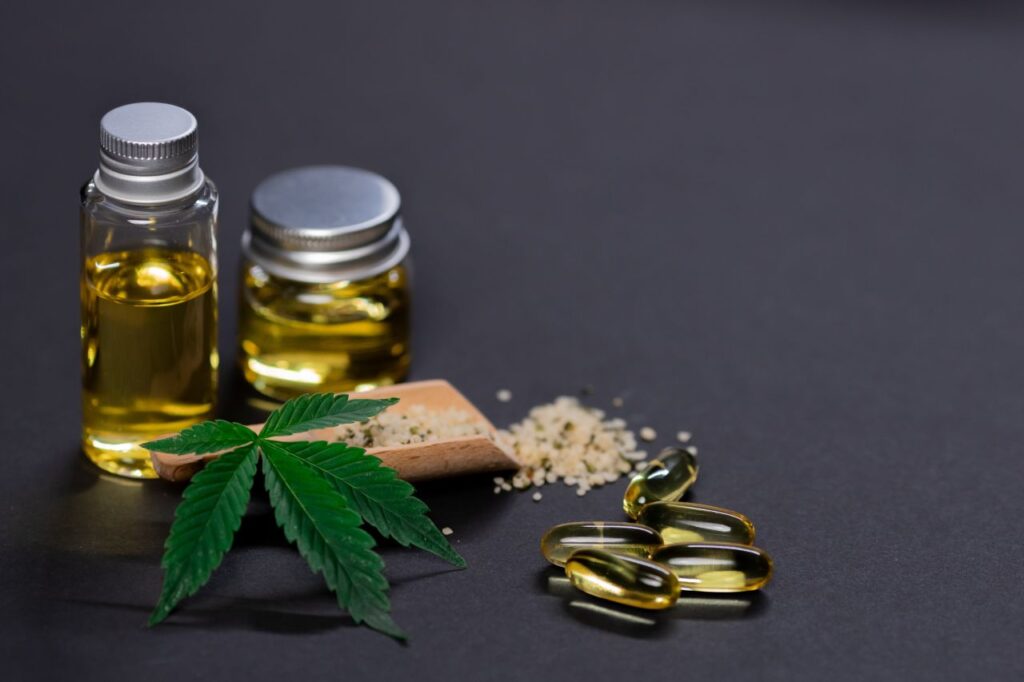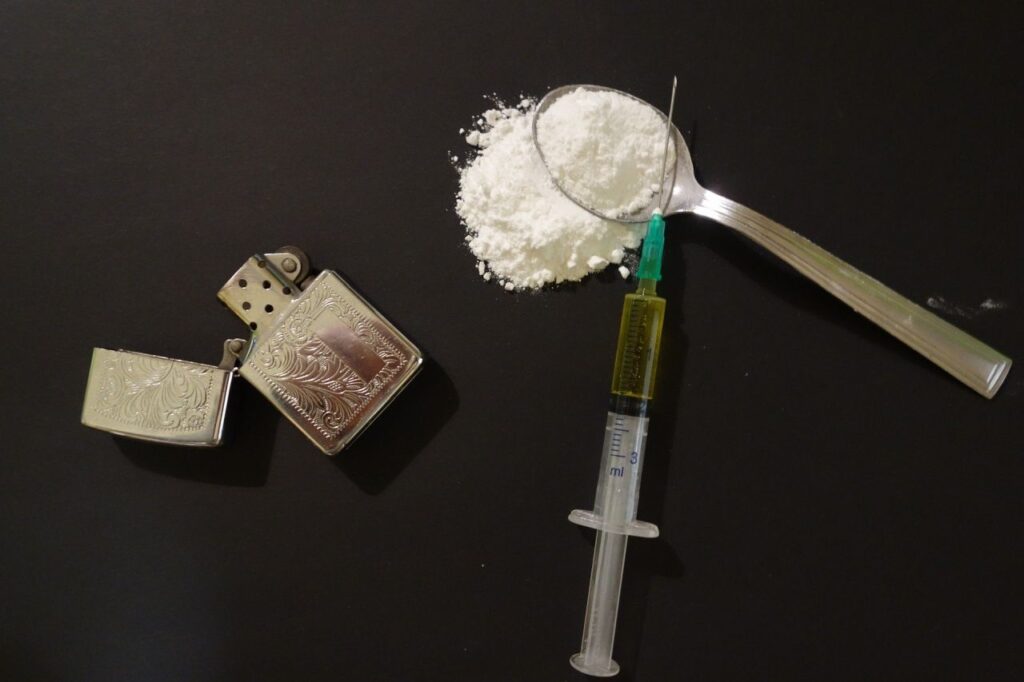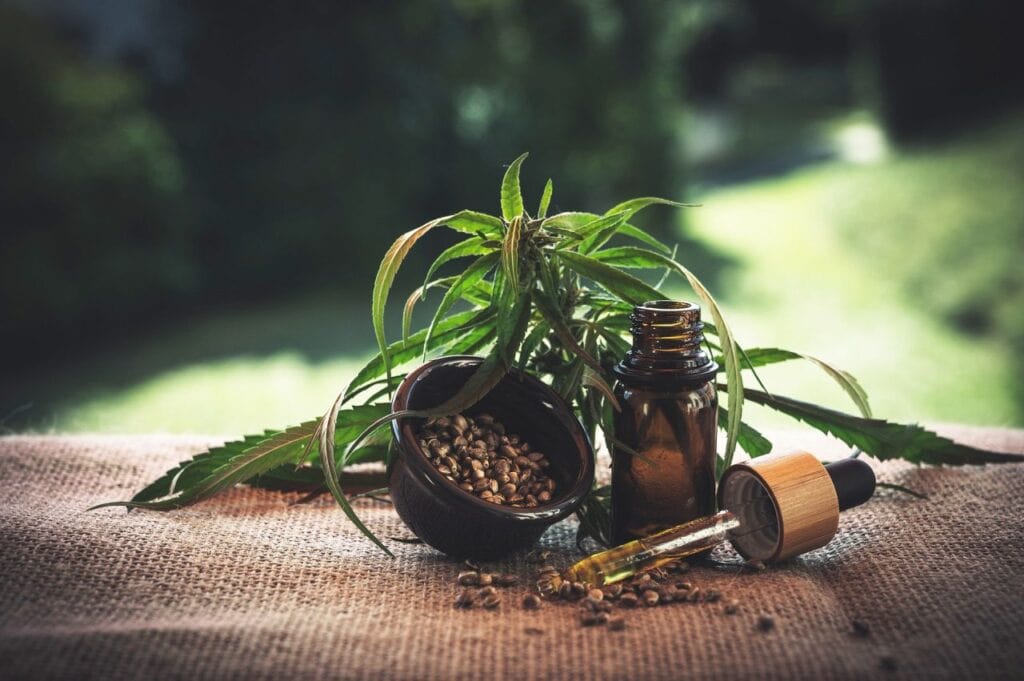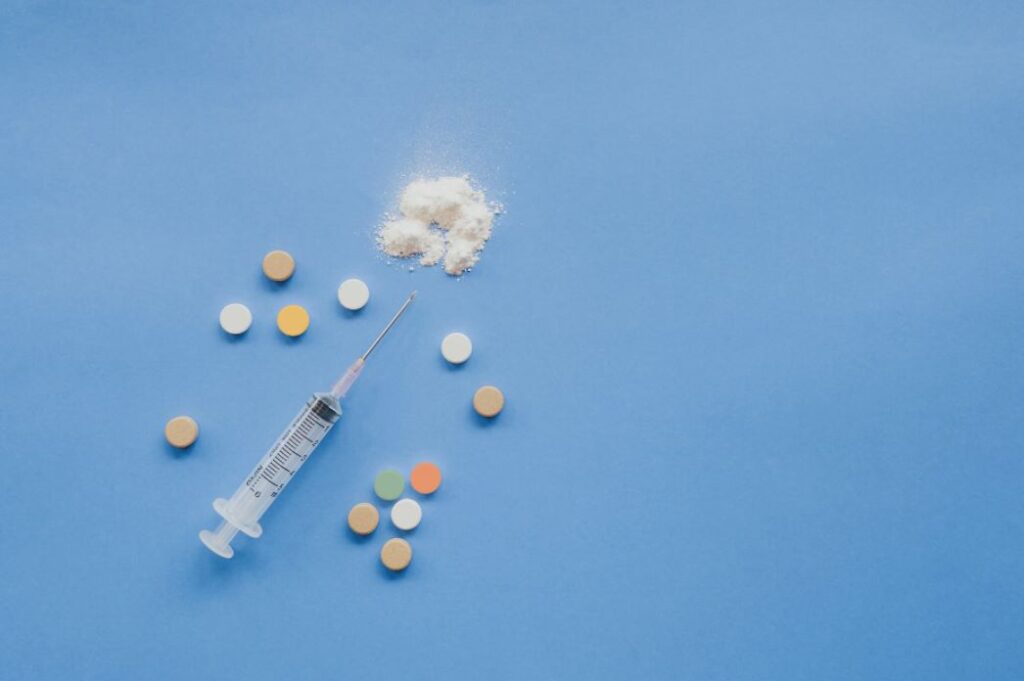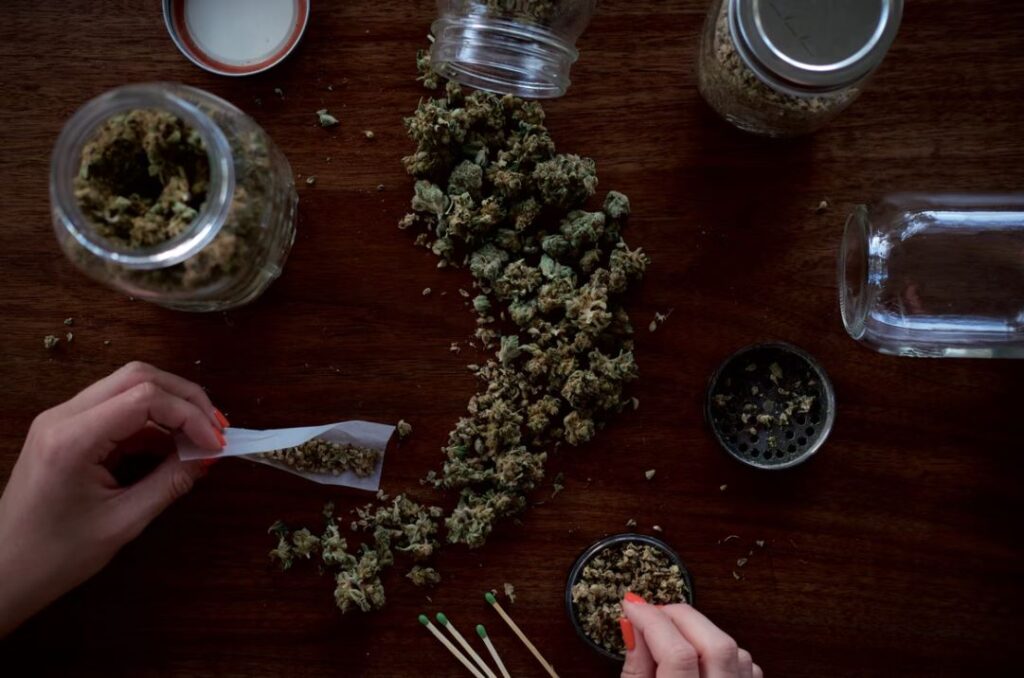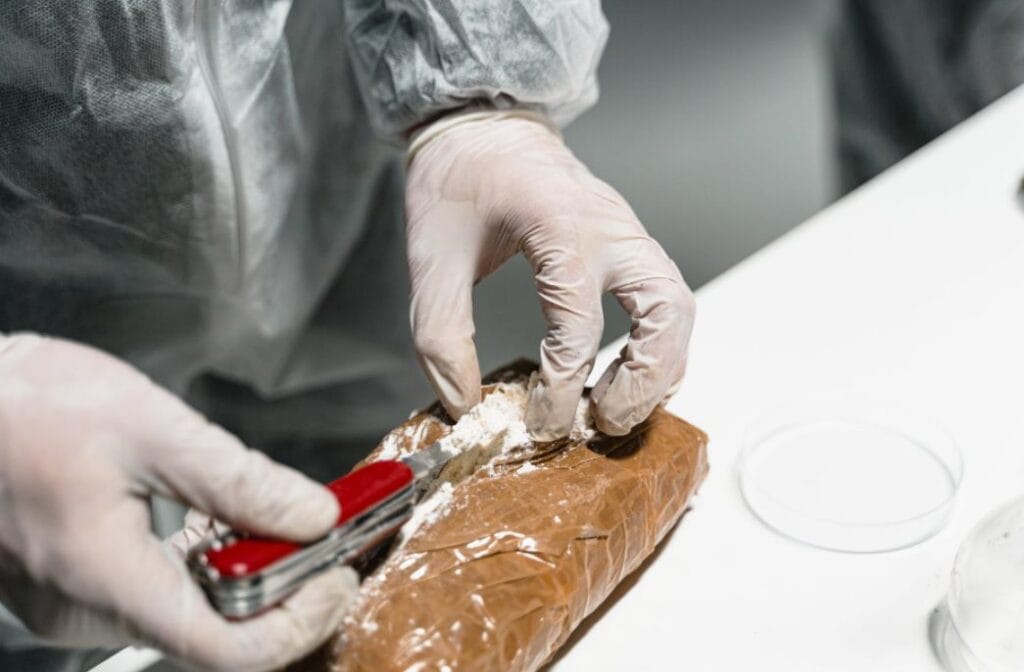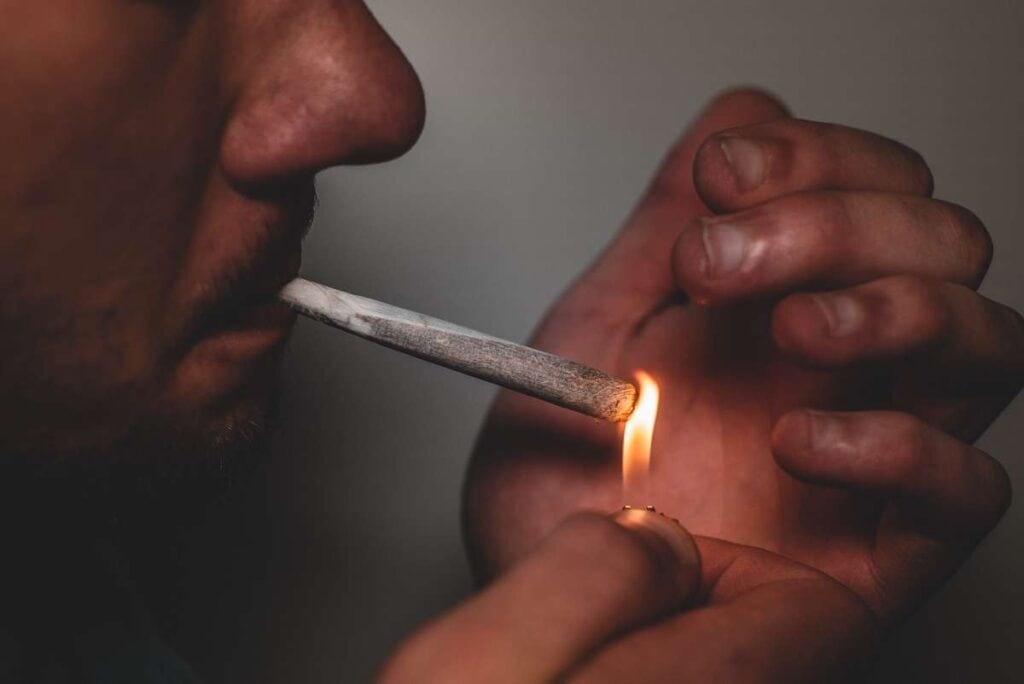When it comes to how long THC stays in your system, you are not alone in your curiosity. Many individuals are curious about this issue and wish to know the solution for various reasons. If you're looking for work and worried about failing a drug test, or if you're just curious about the drug, you might be interested in learning more about marijuana and its effects. Regardless of your motivation for reading this post, you'll leave with a better understanding of how long THC (the active ingredient in marijuana) stays in your bloodstream. If you're interested in learning more, keep reading!

When Will I First Notice This's Effects?
It's likely that people will have different experiences under marijuana's influence. Some may feel safe and secure, while others may be paralysed by panic and terror. Some people report feeling "dopey," or generally unfocused and confused. They also report being totally befuddled while interacting with other people.
Tetrahydrocannabinol (THC), or delta-9-tetrahydrocannabinol (THC), is the psychoactive component of cannabis. The fast lipid solubilization that occurs upon inhalation of marijuana allows for its quick absorption into the circulation.
This article will help you make a decision about Rehab Treatment Melbourne fees for different treatments.
Let's say we're in a world where people eat marijuana instead of smoking it. When this occurs, the drug takes anything from 20 minutes to 1.5 hours to reach the circulation. Drug levels in the blood are affected by factors such as absorption, metabolism, and excretion, all of which vary depending on the dosage. Depending on the strain, the mode of ingestion, and the dose, the aftereffects may include, but are not limited to, the following.
- Lack of saliva in the mouth.
- Eyelids that look like balloons
- Vision impairment due to puffiness and redness of the eyes
- all-encompassing positivity
- An awakening to the problem of hunger ("the munchies")
- Relaxation
- Promote a one-sided interpretation of recent events (sights, sounds, time, touch)
- the inability to rely on something because it has changed so frequently
- Problems arise while trying to think things through, remember details, or solve a problem.
- There is a rapid rate of heartbeat.
After the high wears off, marijuana still affects your brain, making it harder to learn new information and solve problems for at least another couple of hours. In addition, the National Highway Traffic Safety Administration reports that it might impair your driving abilities for up to three hours after use.
The terpene profile of a marijuana strain can also affect its effects. The terpene profiles of citrous trees, for instance, might have a stimulating impact, but they can also cause anxiety in certain people.
Bear in mind that there are a variety of marijuana strains, and not all of them are equivalent. Marijuana products are not regulated like other pharmaceuticals, thus there is a wide range in terms of quality, ingredients, and dose.
This distinction probably affects both the timing and character of the impacts. Talk to your primary care physician before beginning a cannabis regimen since THC can interact with other drugs, such as alcohol, blood thinners, and anxiety medicines.
Frequently Asked Questions About Marijuana
No. Marijuana is a substance that is placed in Schedule I, which means that it has a high potential for abuse and there is no currently approved medical use for it in therapy in the United States. THC, or delta-9-tetrahydrocannabinol, is the primary psychoactive component of marijuana. It is often known simply as THC. Marijuana smokers report feeling "high" after inhaling the psychoactive compound tetrahydrocannabinol (THC), which interacts with certain cannabinoid receptors in the brain to set off a chain reaction of cellular events that ultimately result in the psychoactive effects of the drug. Cannabinoid receptors are abundant in certain regions of the brain, while other regions contain few or none. The areas of the brain that are responsible for pleasure, memory, reasoning, concentration, the perception of sensory information and time, as well as coordinated movement, contain the largest concentration of cannabinoid receptors.
The "high" that marijuana gives users can interfere with these functions in a variety of ways, including distorting their perceptions, decreasing their coordination, making it difficult for them to analyse and solve problems, and causing issues with learning and memory. According to the findings of some studies, these memory effects might linger for at least seven days after a person who is a chronic heavy user of a drug stops using it.
The risks associated with using marijuana are not limited to the ones listed above. For instance, research has shown that continuous use of marijuana may raise the likelihood of vulnerable persons developing schizophrenia, and that large dosages of the drug can trigger acute psychotic symptoms. The long-term use of marijuana by adolescents may also be related with a lower IQ (as much as an 8-point decline) later on in life, according to the findings of several studies.
Yes. We are aware that using marijuana, especially for an extended period of time, on a chronic basis, or beginning use at a young age, can develop to dependence and addiction. In addition, consistent use of marijuana over an extended period of time has been shown to increase the risk of developing an addiction to other substances, despite the well-documented negative effects that such use has on one's ability to function in important spheres of life like family, work, and recreation.
There have been no reported overdose deaths that may be directly attributed to the usage of marijuana. However, it is still feasible to experience the unfavourable effects of taking an excessive amount of the medicine.
Medical cannabis, also known as "medical marijuana," refers to cannabis and cannabinoids, which are chemical compounds found in the plant and can be recommended by a doctor to treat certain conditions and symptoms. These conditions and symptoms include nausea and vomiting caused by chemotherapy, as well as pain that can be caused by a variety of conditions.
It is possible to experience mental confusion, cognitive impairment, anxiety and paranoia, nausea, vomiting, dry mouth, dry eyes, sedation, increased appetite, headache, impaired balance and coordination, and an elevated heart rate when using botanical cannabis or synthetic cannabinoids. Some of these side effects include: If cannabis is smoked, there is also the possibility of adverse effects on the lungs.
When Does Marijuana Start to Feel Its Effects?
The half-life of a medication is the amount of time it takes for half of the substance to be metabolised and removed from the body. In cannabis, the incubation time is measured in hours. THC is the only cannabinoid that has been the subject of widespread drug testing thus far.
THC undergoes rapid metabolism, resulting in the formation of molecules known as metabolites. At least eighty metabolites are produced by THC, and every one of them may have an effect on the endocannabinoid system. Adipose tissue serves as a temporary storage depot for these metabolites until they are flushed out of the body via the digestive and urinary systems, respectively. There are a number of THC metabolites, some of which are flushed out of the system in as little as 20 hours, while others are retained in adipose tissue and have a half-life of 10-13 days.
The usual number of half-lives needed to completely remove a material from the environment is between five and six. So it makes sense that it gets progressively impossible to trace a single use after five to eight days.
Blood And Saliva
Marijuana cannot be identified in blood tests because of its short half-life in the body. But there are a few exceptions to this rule, such at sobriety checkpoints or after an accident.
Intoxication levels can be determined by testing blood and saliva. However, unlike a blood alcohol level test, they do not indicate to what extent a person is intoxicated or impaired.
The psychoactive effects of inhaled marijuana are quickly obvious, and the necessary testing may be completed in a matter of seconds. Different tissues get it on the way. The blood then metabolises it even more after recycling some of it. Some of its metabolites may stay in the blood for up to five days. THC in the saliva indicates recent or ongoing marijuana use or exposure to smoke. However, only the saliva of a cannabis user has its metabolites. Clinical settings are not the only places where blood tests can be utilised to detect recent marijuana usage.
Are you looking for the best rehab centre? Then Refocus Rehab Melbourne is the answer.
Hair
Daily or near-daily cannabis usage can be detected by a hair test for up to three months after the event. Although this is not always the case. However, the hair test is inaccurate for spotting little cannabis usage or calculating total use.
Urine
Testing for the presence of metabolites of marijuana in the urine can be used to detect recent usage, as opposed to present intoxication or impairment. This is due to the fact that it requires time for the THC to be metabolised by the body and removed in the urine after intake. Urinalysis is commonly used to detect recent drug usage in the workplace. That's because a lot of businesses have a "zero tolerance" policy on drug use. Some cannabinoids and their metabolites are fat soluble, raising the possibility that they may have an effect on preexisting adipose tissue. In other words, it can be a while before they go completely.
Incorrectly Positive Results
An immunoassay test (also known as the EMIT or RIA) may be used for a preliminary screening before the results of a drug test for marijuana can be interpreted in the workplace. The sample is reanalyzed with a gas chromatograph-mass spectrometer (GCMS), a far more accurate equipment, to eliminate the risk of a false positive if the first findings are positive. So yet, no chemical has been discovered that may generate a positive result on a urine test for marijuana.
Ibuprofen (also sold under the brand names Advil, Motrin, and Nuprin) used to provide a false-positive result for THC in drug tests. However, in response to this issue, the current examinations have been revised.
False positives on roadside blood tests have been reported in places where marijuana usage is legal, even if the test subjects in question were not visibly impaired by their consumption of the drug. But a study published in 2016 described a programme in Belgium that tested oral fluid at roadside checks, and it was determined that the method lowered the number of incidents of these kinds of false positives.
Factors That Affect Detection Time
Numerous variables affect how long THC stays in your system after smoking marijuana, including how often you smoke, your body mass index, your metabolic rate, your gender, and your level of hydration.
There is some evidence that the length of time marijuana remains in a person's system after usage is related to the amount of marijuana used, the frequency with which it is used, and the length of time the person has been using marijuana.
A positive drug test result is more likely to be reported by former marijuana users who haven't used in 45 days. Substance abusers have reported passing drug tests up to 90 days after they last used.
Hair tests were used to identify THC, THC-OH, THC-COOH, cannabinol, and cannabidiol in a study of 136 cannabis users in 2017. There were measurable quantities of these 5 cannabinoids in 77% of chronic users and 39% of occasional users.
Sex
Because women often have more body fat than males of the same age, THC metabolism is sometimes somewhat slower in women.
Metabolism
Marijuana is eliminated from the body at a faster pace in those with a greater metabolic rate, which can be modified by age, physical activity level, and health problems.
The Index of Body Mass (Bmi)
Fat cells are a common storage place for THC metabolites, therefore if you have a high body fat percentage (or BMI), your body's capacity to metabolise and eliminate marijuana may be hindered.
Hydration
Your blood THC levels will be higher if you are dehydrated than if you consume plenty of water. However, you won't be able to pass a drug test by drowning yourself. The exam will be watered down instead, and you will have to take it again.
Smoking Vs. Vaping Vs. Edibles
The time it takes to detect anything may also be affected by how you're applying it. To have the effects of THC stay longer, take it orally rather than by smoking or vaping. It requires more time for the body to process and eliminate everything you ingest.
How To Get Marijuana Out Of Your System?
Many employers conduct drug tests on both applicants and existing staff. Marijuana usage during the past several days almost ensures a negative result on any type of urine test, whether for employment or otherwise. More so with prolonged or frequent usage. Even in jurisdictions where marijuana usage is legal, dismissal is possible if an employee fails a drug test. Drop the weed and cigarettes if you want to do well in school. The majority of the suggestions for how to fake a positive result on a drug test while high are just that: suggestions. Whether or not these techniques work is debatable.
System Washing
To achieve this effect, you will drink lots of water, make regular toilet trips, and take vitamin B-12. This will lessen the concentration of THC metabolites in the urine but will not eliminate them. To avoid showing up positive for THC in a blood test, some people try to burn off the THC they've stored in fat by working out just before the test.
Check this list of Rehabilitation Programmes to help you make an informed decision for your treatment.
Using Drug Screening Agents
Many pharmaceuticals and herbal drinks on the market today make the promise that they can "detoxify" the body of marijuana. No one of them has worked, much to my dismay. In most cases, THC is naturally eliminated from the body after prolonged doses.
Test-cheating
Manipulating urine samples is commonplace. Testing for Visine, bleach, salt, or detergent in a urine sample is a simple laboratory procedure.
Overdose Symptoms
The effective dose of marijuana is lower than the deadly dose, making overdose impossible. This is why there is such a thing as a rare marijuana overdose. An overdose from a single dosage of marijuana is quite improbable, but the substance should still be administered with care.
Internal unease and muddled judgement can lead to risky behaviour that puts one's own safety at risk as well as the safety of those around them. When Marijuana is consumed in large quantities, especially in the form of edibles, it can lead to THC toxicity. Symptoms:
- Disorders affecting the heart's electrical system
- Psychosis/paranoia
- Seizures
Location is also very important. Due to the potential for sensory overload from a marijuana overdose, limiting the amount of external stimuli may benefit those experiencing withdrawal. The effects of cannabis vary from person to person.
What Factors Determine How Long It Stays in Your System?
How long marijuana stays in your system depends on a number of factors. The way the body handles and metabolises the medicine after ingestion is affected by extrinsic factors including age, gender, and body mass index (BMI).
Think about your marijuana use habits as well. Dosage and administration times can be recorded there (frequency). How long it takes for marijuana to leave your system after usage is affected by how often and how much you consume.
Marijuana's effects may last longer if more THC is present in the drug. The effects of marijuana might last longer when consumed orally as opposed to smoked.

Helping Out
Either you have been recommended medicinal marijuana or you reside in a place where recreational use of marijuana is legal, and thus you want to try some of the available edible marijuana products or cannabis. Despite common belief, scientific studies have shown that one may acquire a physical reliance on marijuana. The issue of attachment sentiments has to be thought about as well.
Withdrawal symptoms are possible for heavy or chronic marijuana users who suddenly reduce or stop their usage. Some of the unpleasant effects of quitting marijuana include:
- Changes in hunger and thirst
- Having stomach pain or feeling sick after eating
- Cravings
- Irritable bowel syndrome
- Headaches
- Changes in temperament
- Disorderly sleep
- Excessive weight gain
- Weight reduction
You may be at risk for developing a drug use disorder if you find that you cannot tolerate the withdrawal symptoms without relapsing. When you or a loved one are experiencing mental health problems, it is OK to seek assistance.
A therapist may be able to assist you understand what is triggering your symptoms. Also, if you decide to quit using cannabis, they can teach you how to do so and what other resources are available to you.
